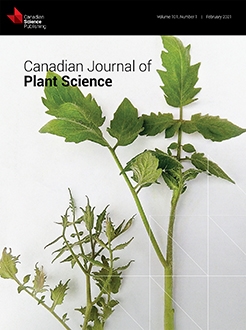Peach trees bear an abundance of flowers which produce a surplus of fruit that the tree is unable to support. A self-regulatory mechanism enhances the abscission of immature fruitlets leading to a reduced fruit load, but this is often insufficient to achieve fruit of marketable size. Supplementary manual fruit thinning is typically required to optimize economic fruit load. This 2-yr study investigated the response of ‘Redhaven’ peach trees to sprays of 300 and 600 mg L−1 1-aminocyclopropane carboxylic acid (ACC) during the phenological stages of full bloom, shuck split, and ˜20 mm fruitlet diameter. The objective was to determine the efficacy of ACC on fruit set, fruit size, and yield at harvest and the amount of hand-thinning required at “June drop”. Although the response to ACC varied between the 2 yr, 600 mg L−1 ACC spray at full bloom (2018) and at ˜20 mm fruit size (2019) reduced fruit set, the need for hand-thinning by 59%–66%, and crop load. Treatments also had varying but significant effects on leaf yellowing and leaf drop when measured shortly after application. ACC reduced total yield and number of fruit per tree in both study years and increased fruit weight in 2019. Overall, peaches were responsive to ACC at a range of timings from bloom to ˜20 mm fruit size. This study enhances our understanding of ACC on fruitlet abscission of peaches and is one of few studies to demonstrate the effectiveness of a chemical fruitlet thinner for peaches.
How to translate text using browser tools
30 June 2020
Thinning response of ‘Redhaven’ peaches to 1-aminocyclopropane carboxylic acid (ACC)
John A. Cline,
Catherine J. Bakker,
Amanda Beneff
ACCESS THE FULL ARTICLE
It is not available for individual sale.
This article is only available to subscribers.
It is not available for individual sale.
It is not available for individual sale.
abscission
chemical thinning
Crop density
fruitlet drop





